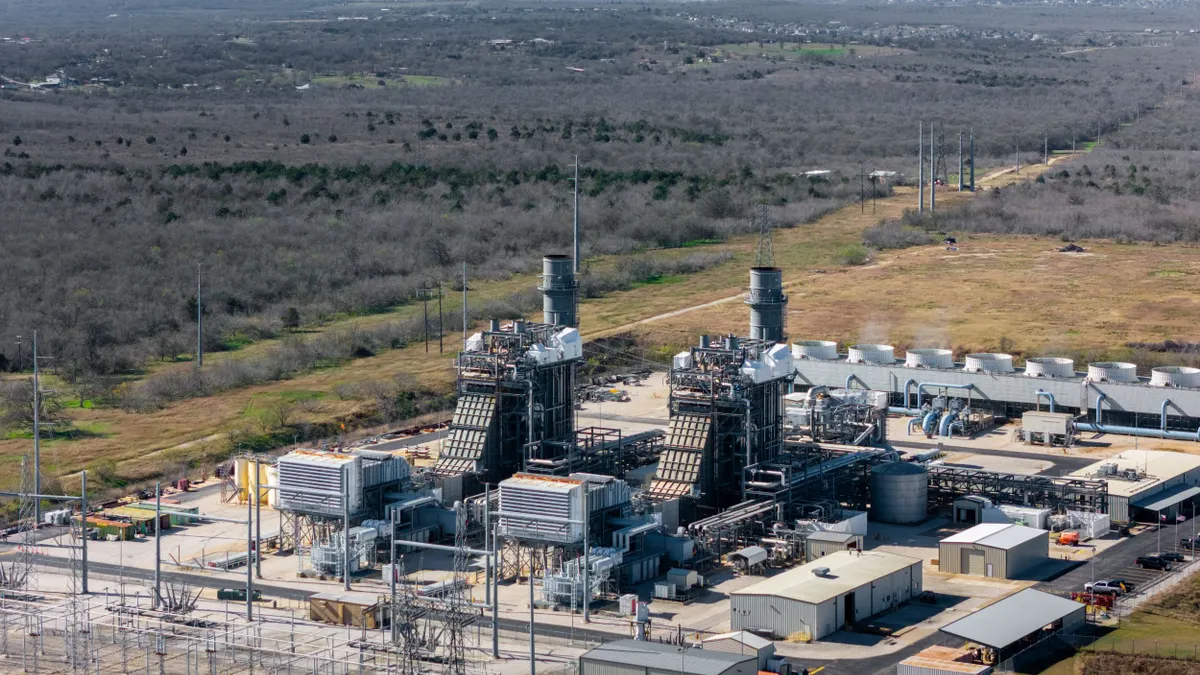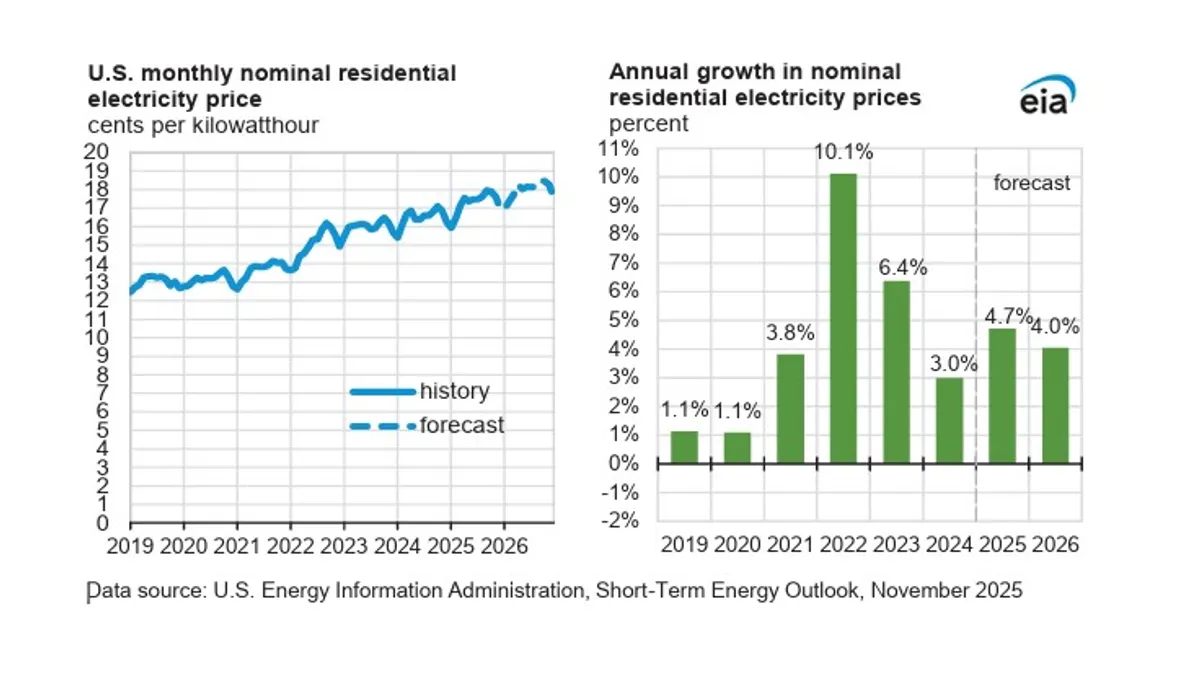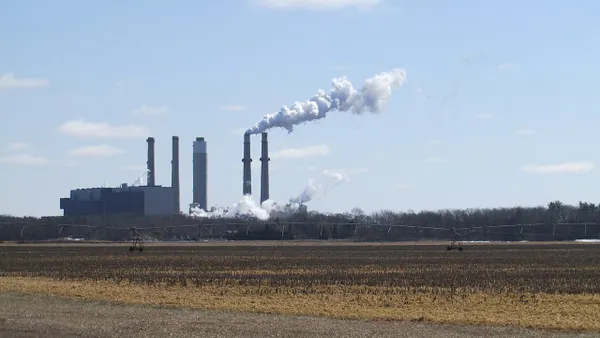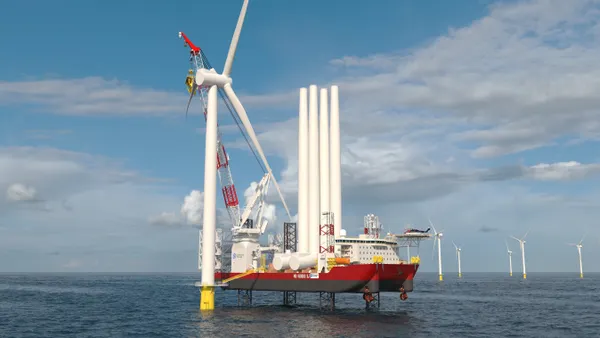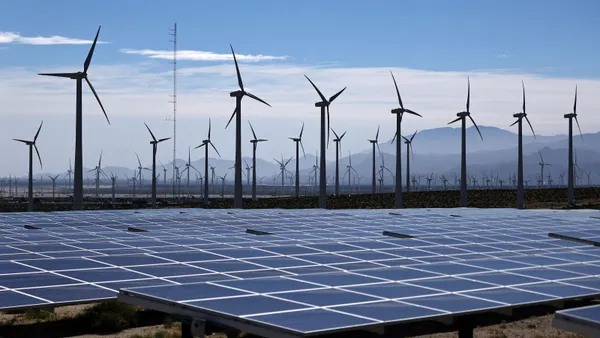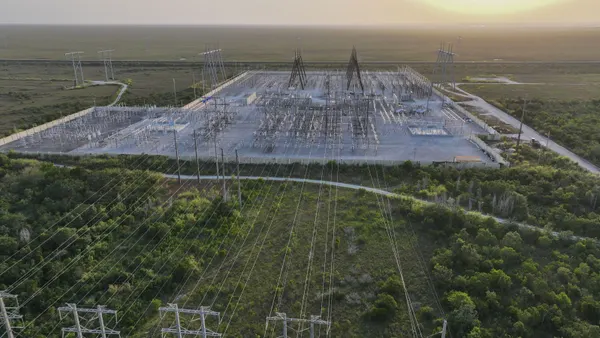Dive Brief:
-
Average residential electricity rates jumped 6.6% over last year as of June, with the largest increases in Maine, up 25.5%, the District of Columbia, up 23.3%, and New Jersey, up 21%, according to data from the U.S. Energy Information Administration.
-
All sectors saw an increase in price, as measured in revenues per kWh, with a total average increase of 5.2% over last June to 13.88 cents/kWh. But the rise was not evenly distributed. Residential customers saw the highest increase, followed by transportation, up 6.1%; the industrial sector, up 5.1%; and the commercial sector, up 4.8%.
-
Also, natural gas prices at the Henry Hub soared 22.6% to $3.11 per million British thermal units in June from June 2024, the EIA said in its most recent Electricity Monthly Update. Gas prices help set wholesale power prices, which affect electricity bills over time.
Dive Insight:
Differences in how utilities report costs mean it's hard to say exactly which pressures have made the greatest contributions to rising electric prices, said Shannon Baker-Branstetter, senior director of domestic climate policy at the Center for American Progress, a liberal public policy research and advocacy organization. CAP did its own analysis based on utility rate filings that found U.S. residential electricity rates rose 7% between June 2024 and June 2025.
But to date, rising natural gas prices paired with growing demand seem to account for the bulk of requested utility rate increases, Baker-Branstetter said. The EIA expects gas prices to rise to $4/MMBtu this year from $2.20/MMBtu last year.
Some of the growing demand is from artificial intelligence data centers that have stressed utilities' budgets as operators push for more infrastructure projects on top of grid upgrades that were probably already overdue, Baker-Branstetter said. Extreme weather has also increased utilities' costs. But the full impact of tariffs and the loss of clean energy tax credits has yet to show up in electrical rates, they said.
“We are definitely seeing, at a most basic level, an increase in demand and constraints in supply,” Baker-Branstetter said.
At least 102 gas and electric utilities have either raised or proposed higher rates that would go into effect in 2025 or 2026, according to CAP. These rate cases could raise Americans' total electric bills by some $67 billion.
CAP’s conclusions echo those of a different report by the Institute for Energy Economics and Financial Analysis. That also said natural gas and a loss of federal support for renewable energy would drive up prices.
Rising rates have already triggered a public backlash that is raising the pressure on elected representatives and regulators.
Indiana’s governor recently pressed for lower utility rates from investor-owned utilities, saying “We can’t take it anymore.”
The Arizona attorney general has also opposed a proposed rate hike in that state and said regulators should consider lowering rates instead.
Electricity prices have also popped up as a political issue in New Hampshire, New Jersey and throughout much of the PJM Interconnection.
Concerns about affordability could lead to greater scrutiny of utility requests in the future, Baker-Branstetter said.


